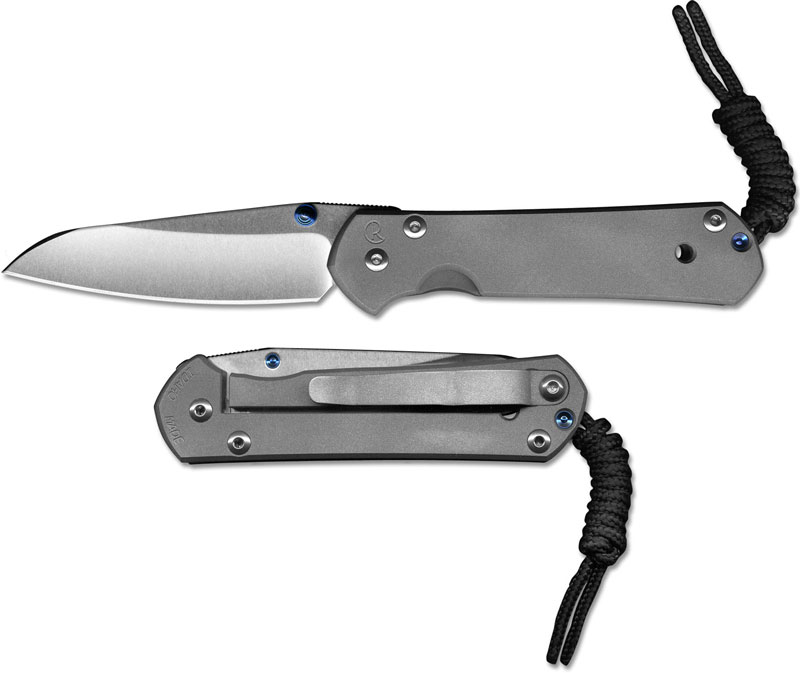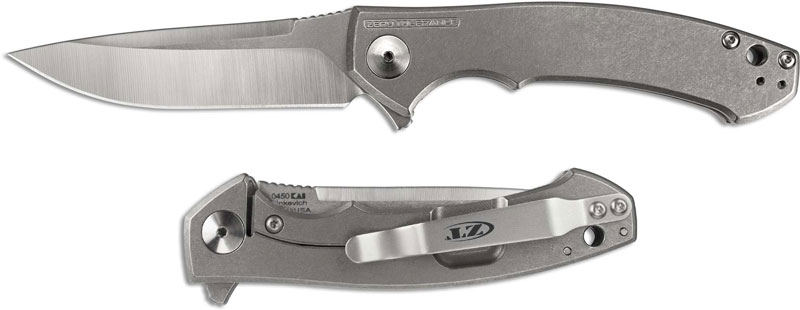- Joined
- May 19, 2007
- Messages
- 7,745
Metallurgy and materials science question.
I have two samples, A and B of the same dimension and material.
A is hardened to a "soft" hardness with limited elastic threshold and a low plastic threshold.
B is hardened to be "hard" with a wider elastic threshold, and a plastic threshold very near its total bending failure strength
Would A be weaker since it would fail under shear and torsional force as well as bending, where B would resist higher forces even though the end failure is more catastrophic?
Also Precision, flex as a measure of skill only really applies to one aspect of knife making, that test is only ever done with fixed blades that are test-beds, and are not required to hold an edge at all. It comes from an age past, when that was one of the few things that a good craftsman could get out of a blade, compared to any old joe. If you want a dead soft knife blade, there are plenty of companies selling 400 class mystery stainless blades that fit that description. Or get a prybar.
I have two samples, A and B of the same dimension and material.
A is hardened to a "soft" hardness with limited elastic threshold and a low plastic threshold.
B is hardened to be "hard" with a wider elastic threshold, and a plastic threshold very near its total bending failure strength
Would A be weaker since it would fail under shear and torsional force as well as bending, where B would resist higher forces even though the end failure is more catastrophic?
Also Precision, flex as a measure of skill only really applies to one aspect of knife making, that test is only ever done with fixed blades that are test-beds, and are not required to hold an edge at all. It comes from an age past, when that was one of the few things that a good craftsman could get out of a blade, compared to any old joe. If you want a dead soft knife blade, there are plenty of companies selling 400 class mystery stainless blades that fit that description. Or get a prybar.




